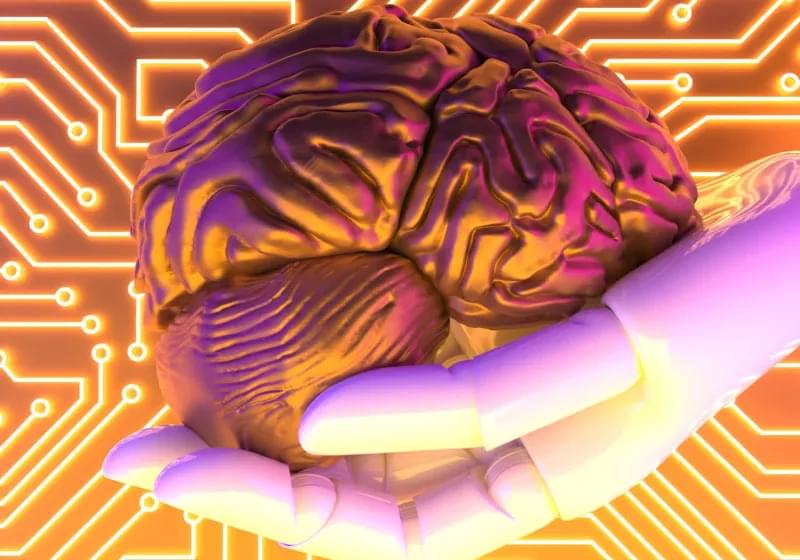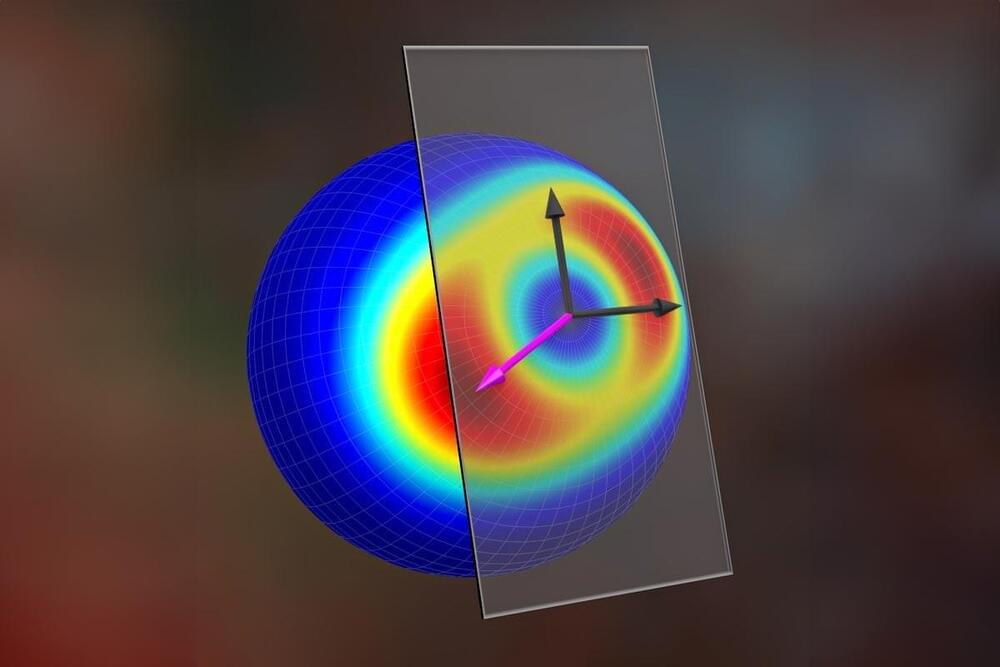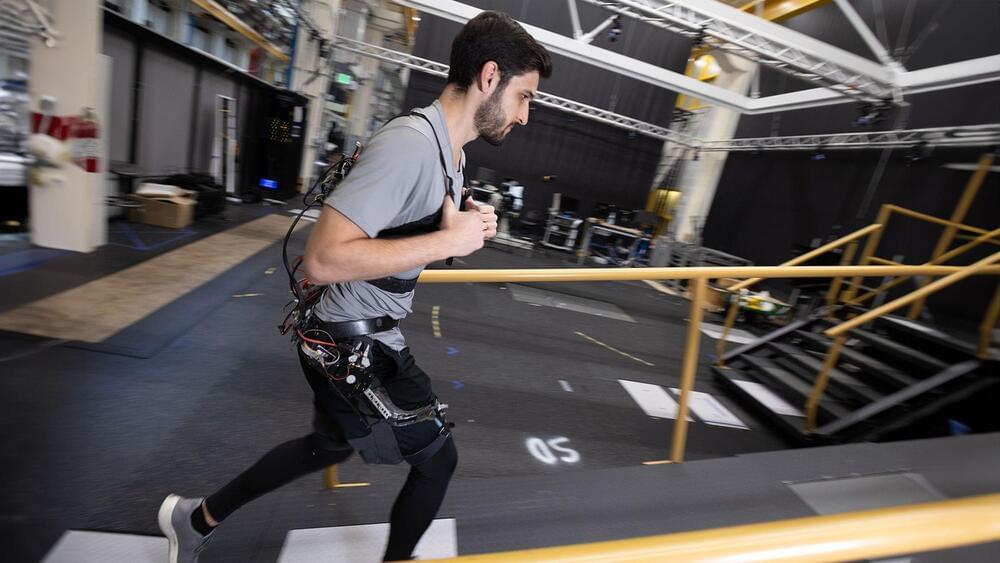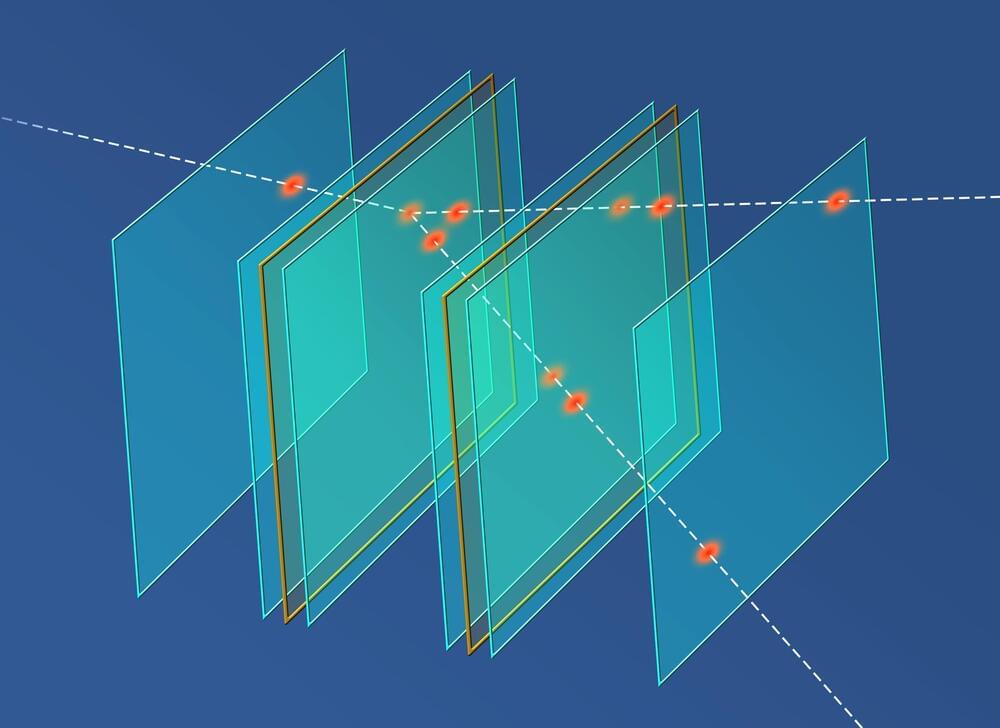Mar 24, 2024
Probabilistic Neural Computing with Stochastic Devices
Posted by Dan Breeden in categories: information science, robotics/AI
The brain has effectively proven a powerful inspiration for the development of computing architectures in which processing is tightly integrated with memory, communication is event-driven, and analog computation can be performed at scale. These neuromorphic systems increasingly show an ability to improve the efficiency and speed of scientific computing and artificial intelligence applications. Herein, it is proposed that the brain’s ubiquitous stochasticity represents an additional source of inspiration for expanding the reach of neuromorphic computing to probabilistic applications. To date, many efforts exploring probabilistic computing have focused primarily on one scale of the microelectronics stack, such as implementing probabilistic algorithms on deterministic hardware or developing probabilistic devices and circuits with the expectation that they will be leveraged by eventual probabilistic architectures. A co-design vision is described by which large numbers of devices, such as magnetic tunnel junctions and tunnel diodes, can be operated in a stochastic regime and incorporated into a scalable neuromorphic architecture that can impact a number of probabilistic computing applications, such as Monte Carlo simulations and Bayesian neural networks. Finally, a framework is presented to categorize increasingly advanced hardware-based probabilistic computing technologies.
Keywords: magnetic tunnel junctions; neuromorphic computing; probabilistic computing; stochastic computing; tunnel diodes.
© 2022 The Authors. Advanced Materials published by Wiley-VCH GmbH.


















